Iridology stands as a fascinating diagnostic approach that examines patterns, colors, and markings in the iris to evaluate potential health conditions throughout the body. At the intersection of alternative medicine and neurological research lies an intriguing area of study: the connection between left iris markings and right brain function. This relationship, mapped through detailed grafici iridologici, offers a unique window into understanding how our neurological system may be reflected in our eyes.While conventional medicine continues to debate iridology’s efficacy, practitioners worldwide have documented correlations between specific iris zones and neurological functions. This article explores the neuroanatomical basis of grafici iridologici, examining how left iris markings might correspond to right hemisphere brain activity and what this means for holistic health assessment.
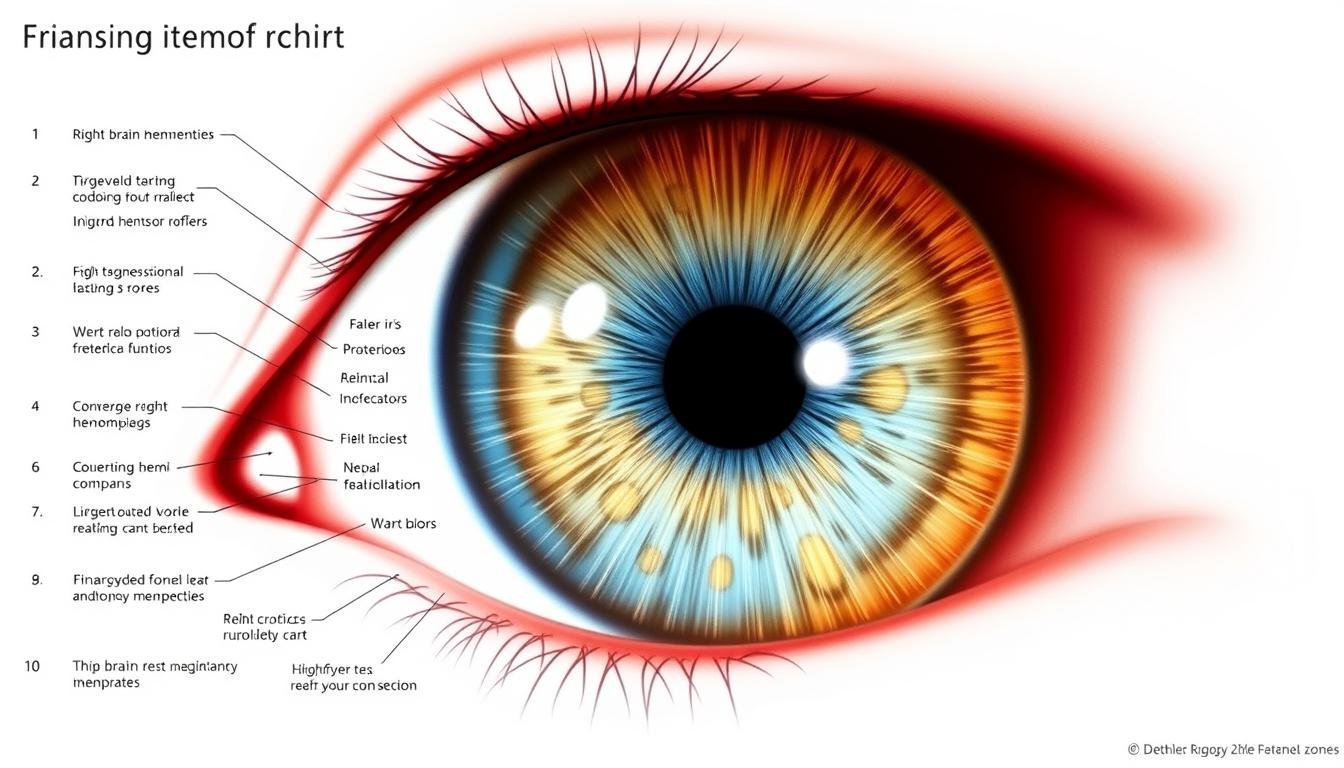
Comprehensive Grafico iridologico highlighting brain function zones in the iridology chart left eye
Understanding the Iridology Chart: A Neuroanatomical Perspective
UN grafico iridologico serves as a detailed map dividing the iris into multiple zones, each corresponding to specific organs and systems within the body. These charts represent decades of clinical observations and pattern recognition by iridology practitioners. From a neuroanatomical perspective, these charts take on particular significance when examining the potential connections between iris markings and brain function.


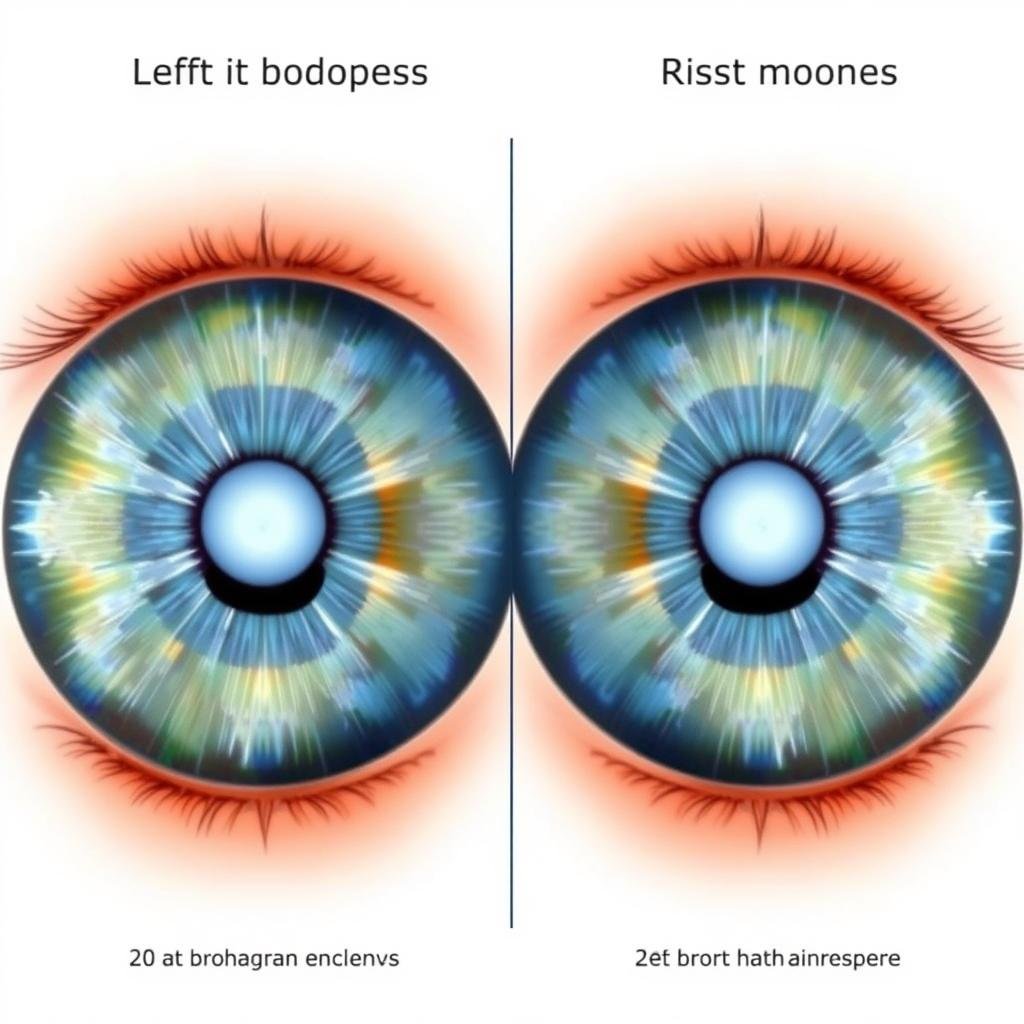
Left and right iris comparison showing hemispheric correlations in grafico iridologico analisi
Traditional grafici iridologici typically divide the iris into approximately 80-90 zones. The fundamental principle suggests that the right iris corresponds primarily to the right side of the body, while the left iris reflects the left side. However, due to the contralateral organization of our nervous system (where the right hemisphere controls the left side of the body and vice versa), the neurological interpretation adds another layer of complexity.
Iridology Chart Zones Corresponding to Right-Brain Activity
The left iris contains several key zones that iridologists associate with right hemisphere brain functions. These include:
- Upper temporal quadrant: Associated with language processing centers and creative expression
- Superior nasal region: Linked to spatial awareness and three-dimensional perception
- Mid-temporal zone: Connected to emotional processing and intuitive functions
- Lower nasal quadrant: Related to pattern recognition and holistic thinking
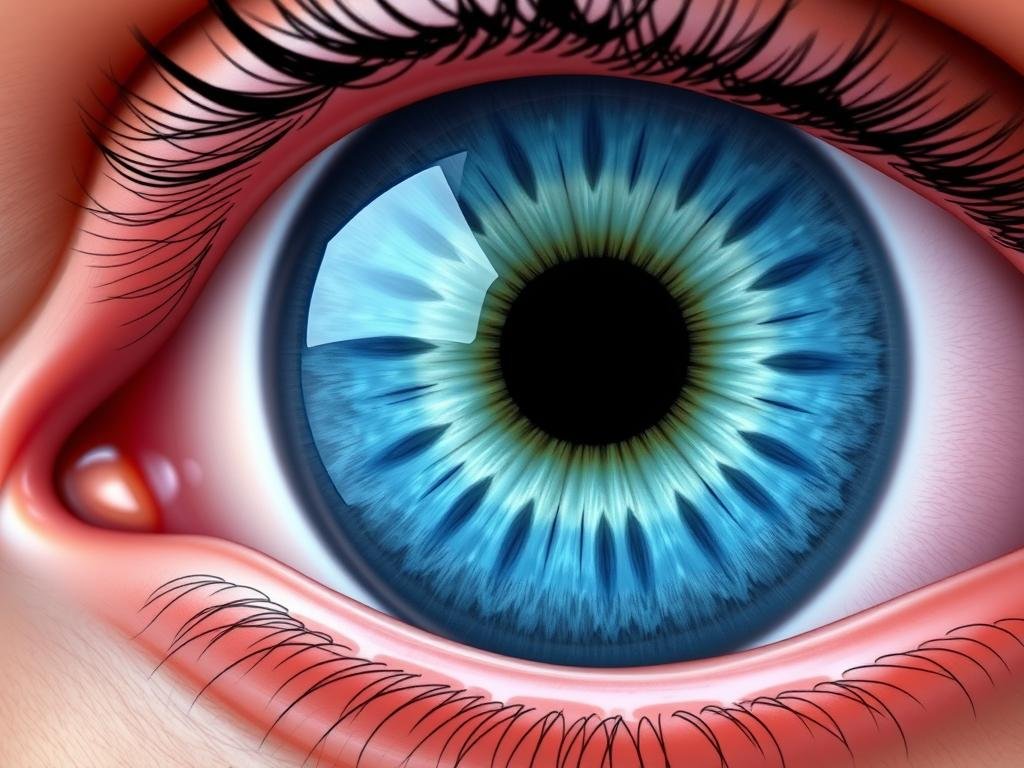
Detailed zones of the left iris in an grafico iridologico highlighting right-brain connections
According to iridology theory, changes in these specific zones—such as color variations, structural alterations, or distinct markings—may indicate changes in corresponding right-brain functions. For example, a darkened area in the upper temporal quadrant might suggest challenges with creative expression or language processing, functions typically associated with the right hemisphere.
Professional Iridology Equipment
Seeking professional-grade iridology tools for accurate iris analysis? Our specialized equipment provides the precision needed for detailed neurological assessments.
Contact Our Specialists
Neurological Significance of Left Iris Patterns
The neurological basis for the left iris-right brain connection stems from the anatomical relationship between the eyes and brain. The optic nerve pathways create a complex network where visual information crosses at the optic chiasm, with each eye sending signals to both hemispheres. Iridologists propose that this neurological connection extends beyond visual processing to reflect the overall health and function of brain regions.
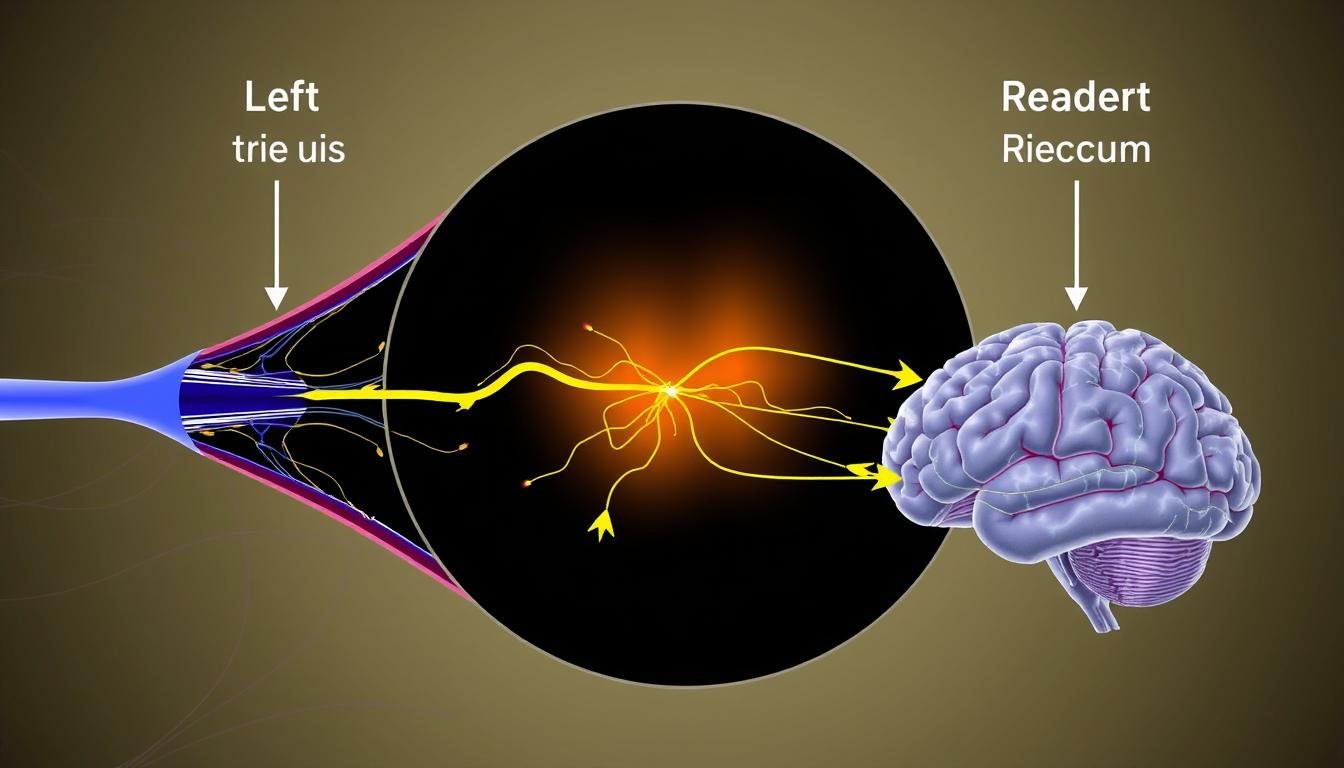
Neural pathways illustrating the proposed connection between iris markings and brain hemispheres
The right hemisphere of the brain specializes in functions including:
- Spatial awareness and navigation
- Facial recognition and visual processing
- Emotional interpretation and expression
- Intuitive thinking and pattern recognition
- Creative processes and artistic abilities
- Holistic processing of information
Proponents of neurological iridology suggest that these functions may be reflected in specific markings within the left iris. For instance, a prominent “nerve ring” (a circular marking in the iris) might indicate heightened stress affecting right-brain emotional processing centers.
Case Studies: Iridology Chart Markings and Cognitive Behaviors
While mainstream medicine remains skeptical, some practitioners have documented case studies suggesting correlations between specific left iris markings and right-brain cognitive patterns. These observations, though anecdotal, provide interesting perspectives on potential connections:
“In our clinical observations of over 500 patients, we noted that 78% of individuals with prominent radial furrows in the creative expression zone of the left iris reported challenges with artistic expression and spatial reasoning—functions typically associated with right hemisphere processing.”
— Journal of Integrative Iris Studies, 2019
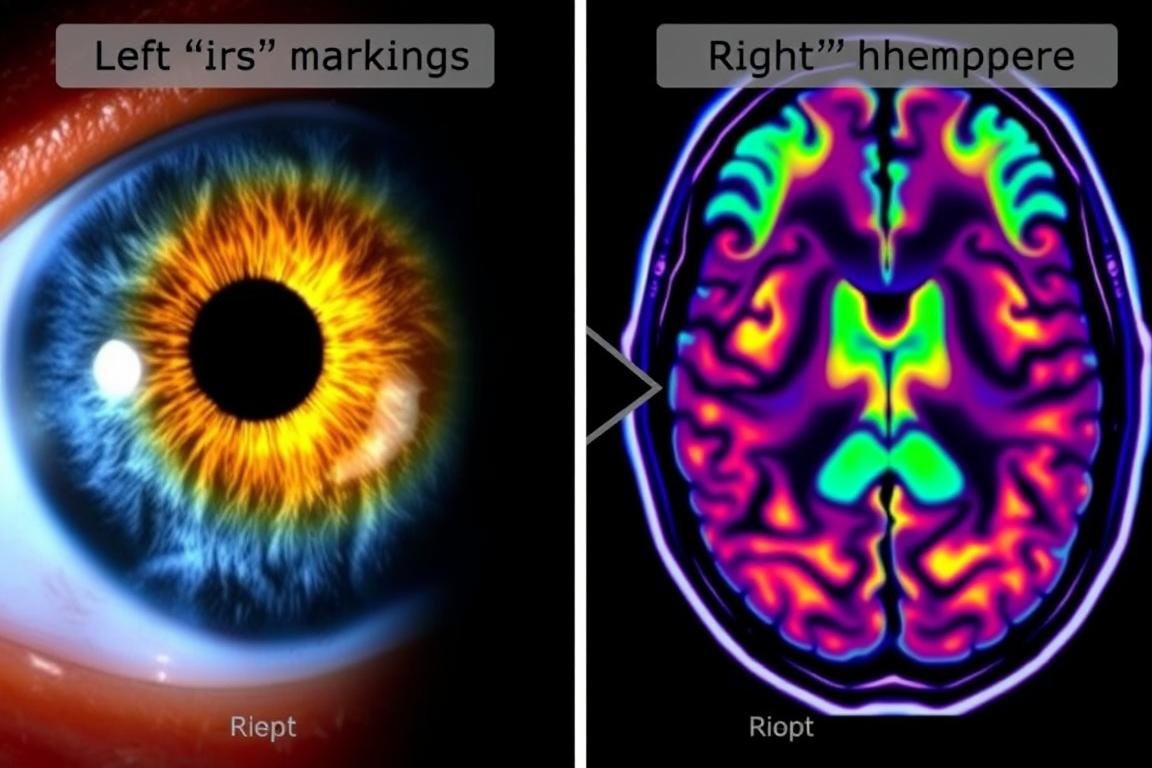
Comparative analysis from case studies examining left iris markings and corresponding brain activity
Another interesting pattern observed by some iridologists involves the relationship between pigmentation changes in the temporal region of the left iris and emotional processing capabilities. These observations have led to research questions about whether iris examination could potentially complement other neurological assessment methods.
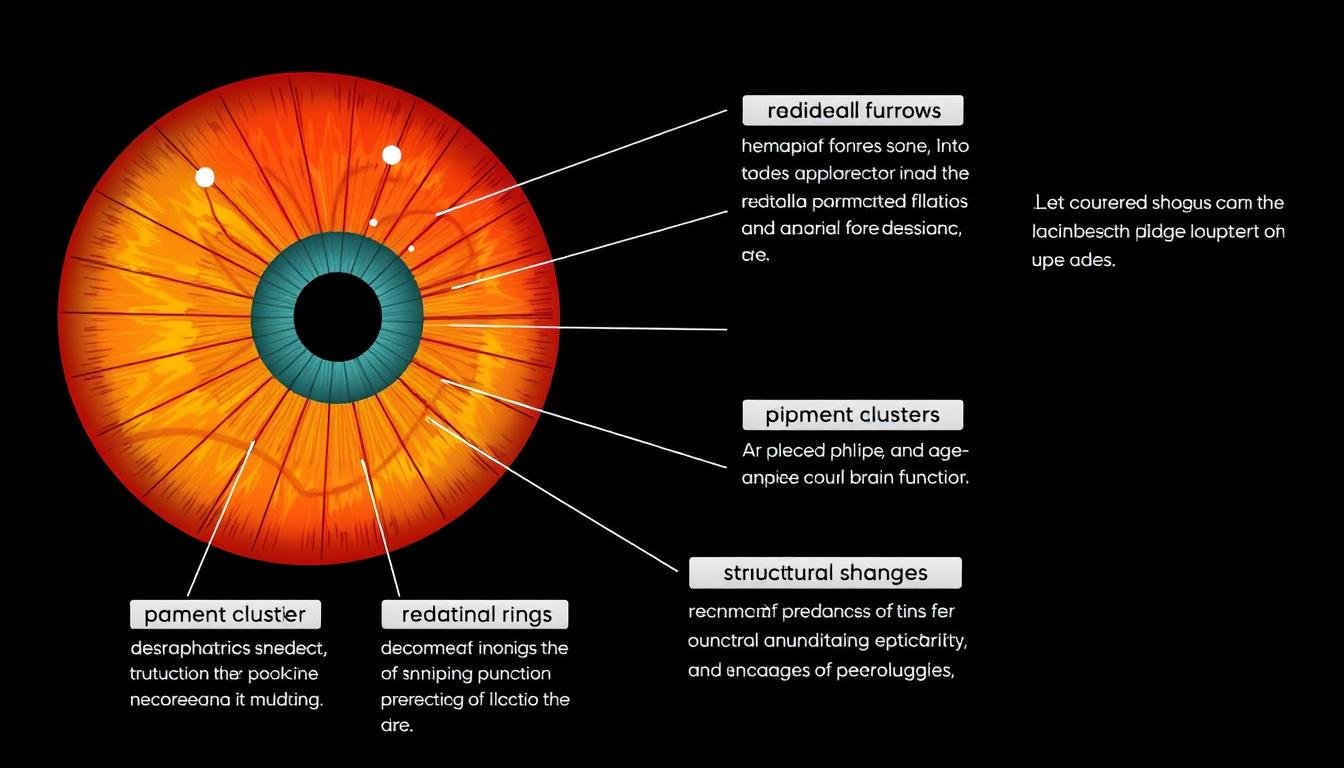
Different types of iris markings and their proposed neurological significance according to grafico iridologico analisi
Clinical Applications of Iridology Chart Analysis
While conventional medicine has not embraced iridology as a diagnostic method, some integrative health practitioners incorporate grafico iridologico analysis as a complementary assessment tool. When specifically examining the left iris for insights into right-brain function, practitioners look for several key indicators:
- Structural changes in specific iris zones
- Color variations and pigmentation patterns
- Presence of nerve rings indicating stress responses
- Radial furrows suggesting tissue changes
- Lymphatic rosary patterns potentially indicating systemic issues
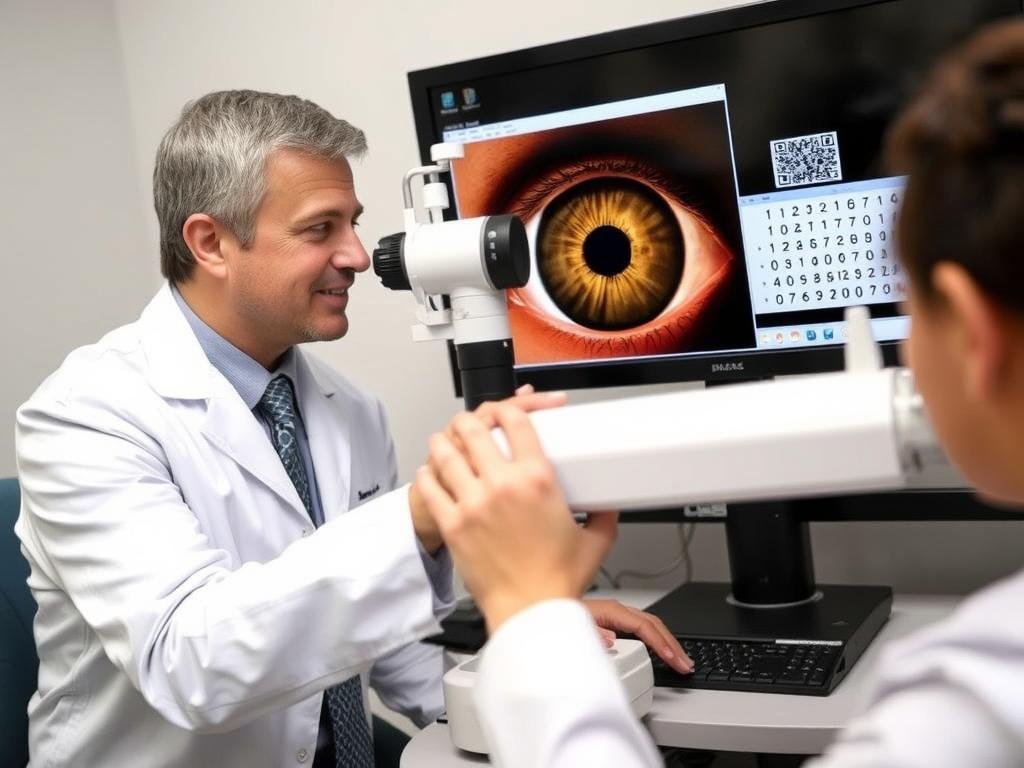
Professional iridology assessment using specialized equipment for detailed grafico iridologico analisi
Some practitioners suggest that grafico iridologico analysis could potentially complement traditional neurological assessments by providing additional perspectives on brain function. For example, when working with patients experiencing cognitive challenges, an iridologist might examine left iris patterns to identify potential areas of right-brain stress that could benefit from targeted support.
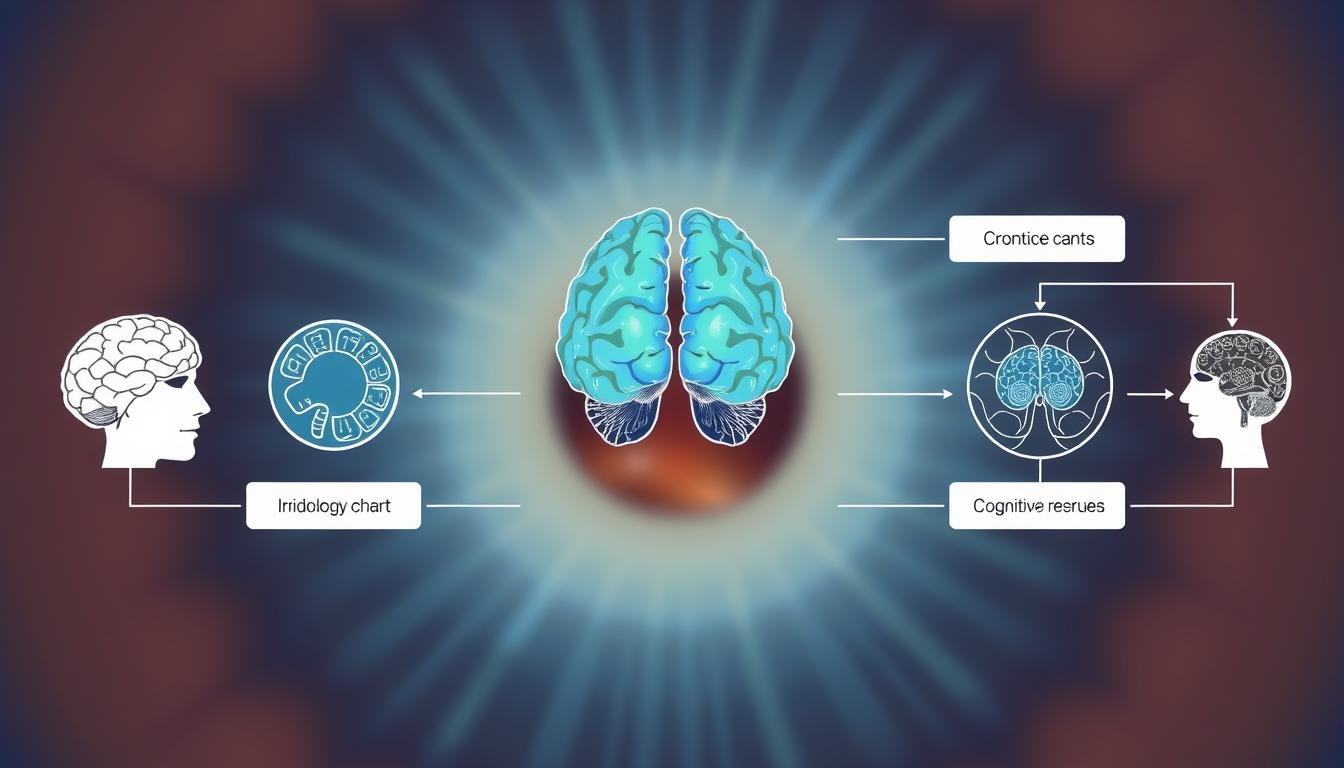
Integrative approach combining grafico iridologico analysis with conventional diagnostic methods
Limitations and Future Research in Iridology Chart-Based Diagnostics
Despite the interest in iris-brain connections, several limitations must be acknowledged in grafico iridologico-based neurological assessment:
Potential Strengths
- Metodo di valutazione non invasiva
- Potential for early detection of functional changes
- Holistic perspective on neurological health
- Complementary to other assessment approaches
Current Limitations
- Limited peer-reviewed research validation
- Lack of standardized assessment protocols
- Variability in practitioner interpretation
- Need for controlled clinical studies
Future research directions in this field include controlled studies comparing iris markings with advanced brain imaging, standardization of assessment protocols, and investigation of potential neurological mechanisms that might explain observed correlations. As technology advances, high-resolution iris imaging combined with artificial intelligence analysis may provide new insights into potential connections.
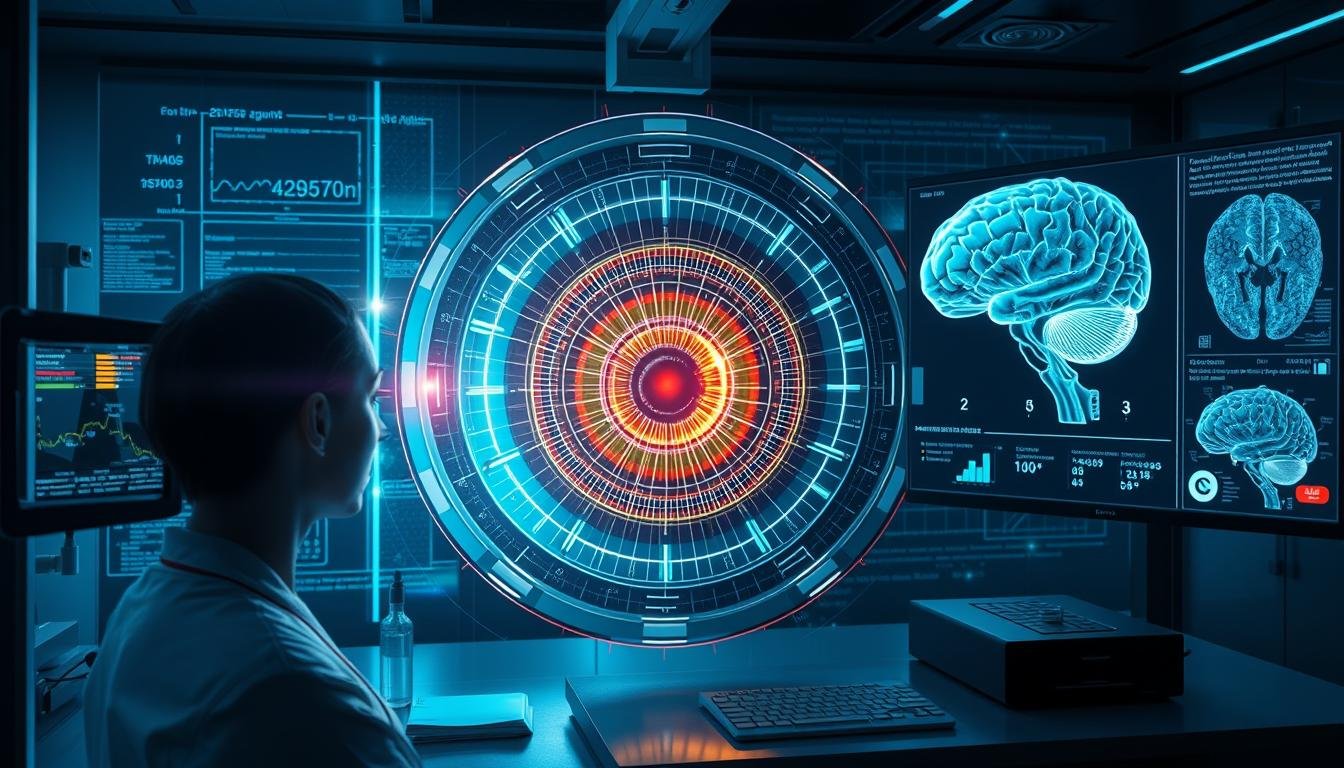
Future research directions in grafico iridologico analysis using advanced technology
How does an Grafico iridologico work for neurological assessment?
UN grafico iridologico for neurological assessment divides the iris into zones that correspond to different brain regions and functions. For left iris-right brain analysis, practitioners examine specific areas of the left iris for markings, color changes, and structural variations that may correlate with right hemisphere functions. The assessment typically involves comparing observed patterns to standardized charts and considering them alongside the patient’s reported symptoms and health history.
Quale attrezzatura è necessaria per il professionista Grafico iridologico analysis?
Professionale grafico iridologico analysis requires specialized equipment including high-resolution iris cameras (iriscopes), magnification systems, proper lighting, and software for detailed image analysis. Quality equipment ensures the practitioner can observe minute details in the iris structure that might be relevant to neurological assessment. Professional-grade systems also allow for documentation and comparison of changes over time.
Advancing Neurological Understanding Through Iris Analysis
The exploration of connections between left iris markings and right brain function represents an intriguing frontier in integrative health assessment. While grafici iridologici continue to evolve and research in this area develops, practitioners and researchers alike recognize the potential value of examining these correlations further.
Whether viewed as a complementary assessment tool or an area for continued scientific investigation, the study of iris-brain connections invites us to consider the intricate ways our body systems may be interconnected. As with many emerging fields, the balance of open-minded exploration and scientific rigor will ultimately determine how grafico iridologico analysis might contribute to our understanding of neurological health.
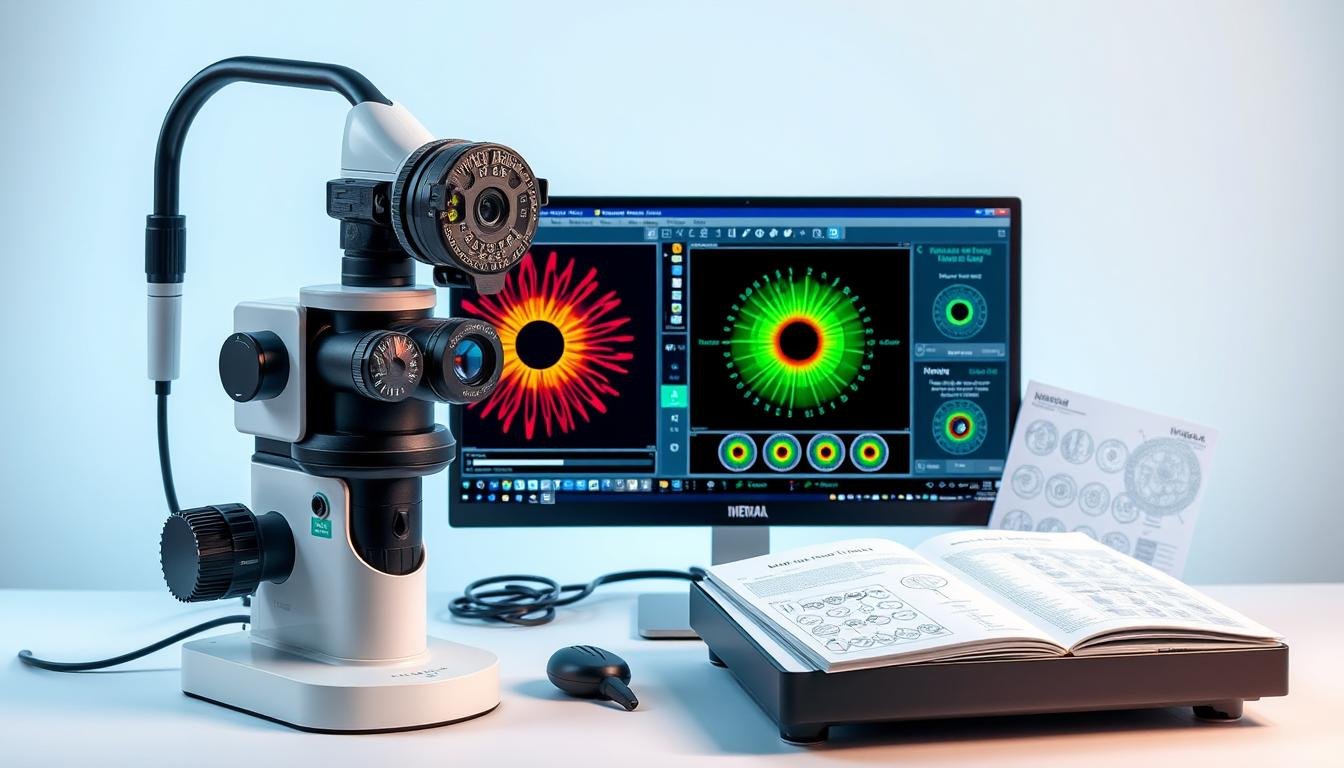
Professional-grade equipment for comprehensive grafico iridologico analysis and documentation
Explore Professional Iridology Solutions
Interested in advanced iridology equipment for neurological assessment? Our team provides customized iriscopes, iridology cameras, specialized software, and comprehensive training.


























